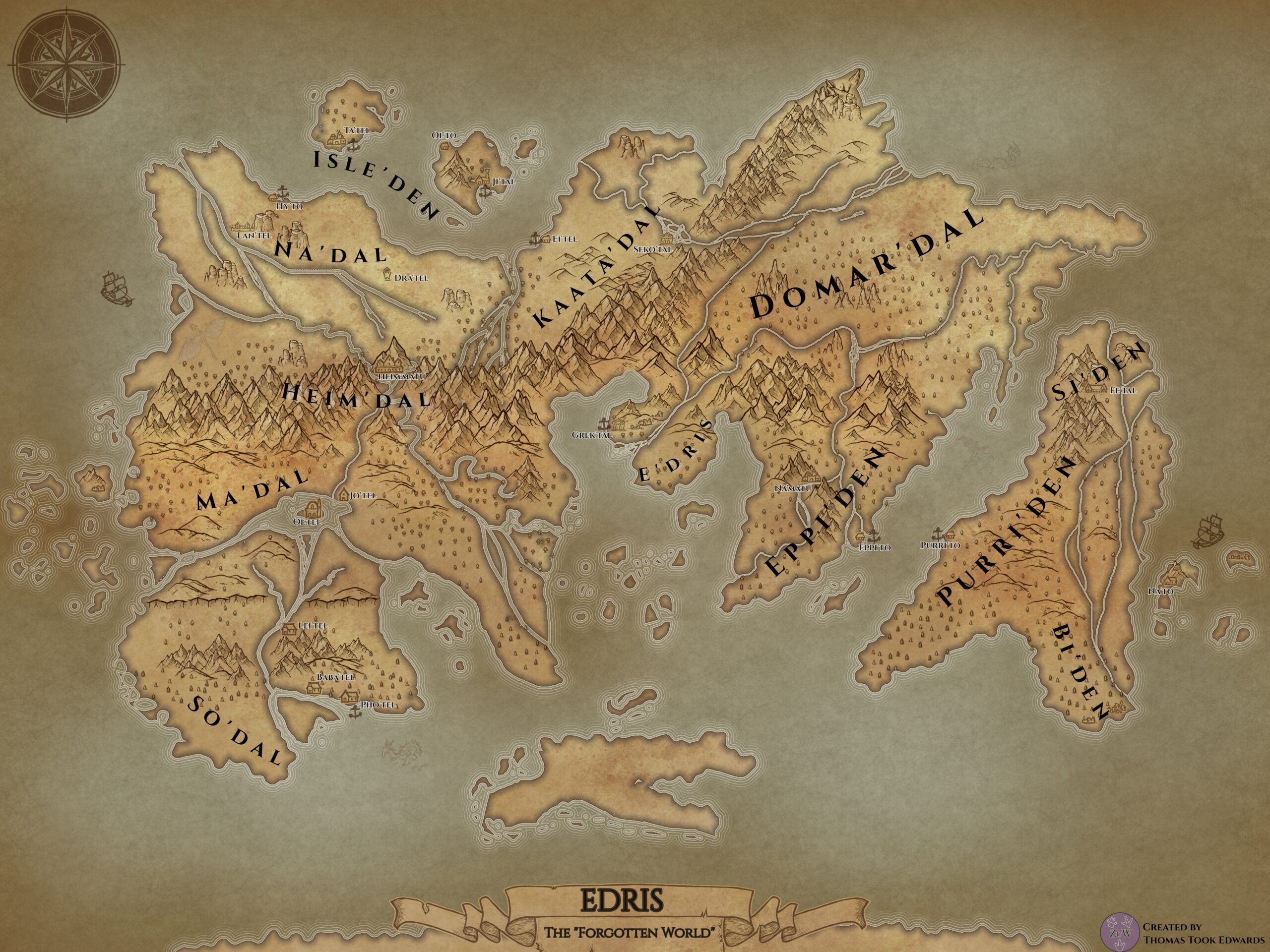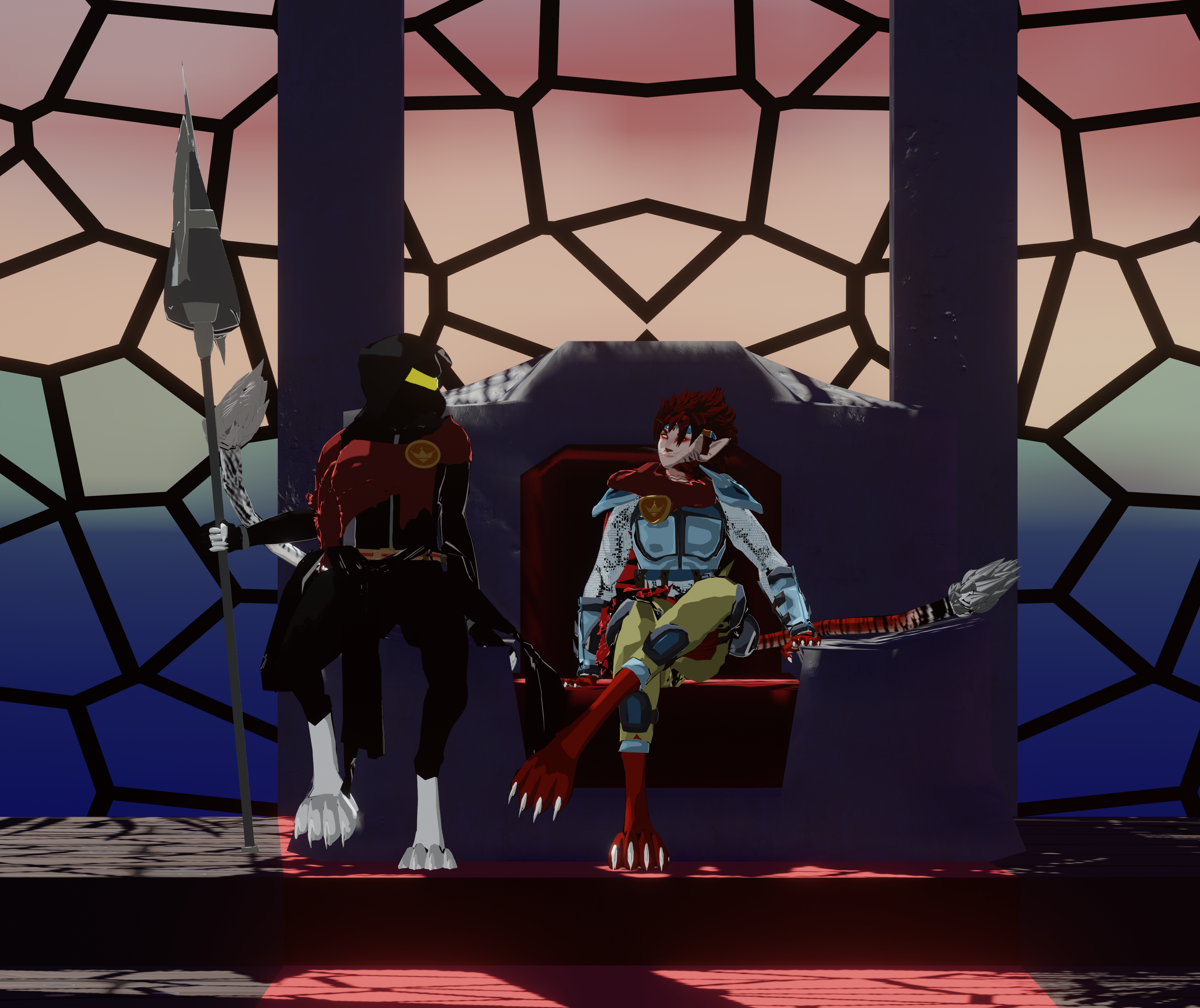It’s been some time since the last update on the blog. A lot has been worked on, regardless of real-life blockades getting in the way. I am going to kick things off first with the largest one.
Loss of a Feline Friend

Not everyone will have experienced the loss of a pet the way I have. To some, pets are companions, friends in animal form, but Kiki was more than that to me; she was like my child.
Kiki had suffered from an illness that the vets could not identify. It had a lot of symptoms but did not match anything our vet practice had seen before. No matter what we did, she just worsened. In February we made the painfully difficult decision to have her put to sleep, to end any further pain or discomfort she may have had.

We adopted Kiki from an animal shelter shortly after the passing of another beloved feline in the family. Kiki had been found wandering the streets and was likely feral-born; she was thin, flea-ridden, and wary of people. They didn’t know her age but assumed she was about 6 months old when we adopted her in 2012.
Being moved into a new place, and likely living feral beforehand, she was extremely shy. She crawled under the smallest spaces to hide and had hidden in my bedroom, having crawled under my wardrobe of all places.
Coercing her out with food or toys did not work. I decided, maybe if she got used to my voice, she would calm down and show herself. I picked out a book from my shelf, sprawled out on my bed, and began reading aloud to her. (The book was “Transformers: Exodus“.)
By the time I reached chapter two, Kiki had clawed from out of her hiding spot and sat beside the bed. She sat purring as I continued to read to her and eventually decided to jump at the foot of the bed and nap by my feet. We were close-knit from then on.

She use to follow me everywhere and was often called “Tom’s Shadow” by other members of my family. It didn’t matter what I was doing, she was always there or wanted to be if a door was in her way. When I started writing my own books, she would join me either at the edge of my desk, or close by it, and anytime I read aloud she would always “cat kiss” and purr. Reading to her must have been a comfort, rekindling her kittenhood memories of when we first met.
Kiki was present throughout the entire process of developing the Specimen G-13 books, and dare I say, she also helped me write them. I knew she probably didn’t understand any of what I read to her, but it was incredibly rare for her to walk out of the room whilst I read anything, so when she did walk out mid-sentence I’d look over that portion of the book again and make changes. This way of writing remained consistent even when she started showing signs of her illness in 2020. By 2021, however, she stopped coming to see me for anything but feeding time.
It was around 2021 that my writing began to suffer; as her health deteriorated, so did my desire to write. By the time her illness became severe, I had briefed out all but the last chapter of Heart of the Feles. She hadn’t been present for the reading of that brief, so as I held her during her final moments I whispered the ending for her so that she could go having heard the full story.
I haven’t touched the final entry of the series since that day. Every time I try to, I get misty-eyed and want to cry. It may be some time before I do finish Heart of the Feles, but when I do it will likely be the last bit of closure I need to move on in my grieving process.
3D Model Work




To take my mind off of the grief I started delving deeper into my 3D model projects. I started experimenting with geometry and shader nodes in Blender, to make terrain and natural environments. I started doing small scenes with different biome themes, to experiment with scattering options, displacement textures, and specular settings.
I even went so far as to try and make procedural terrain. The results were good, but I much prefer sculpting my landscapes.



After working on these for quite a while, Blender finally released version 3.5 which updated hair rendering; it no longer was limited to a particle system, and now made use of curves. In the past, I just used particles to render hair, which gave me inconsistent results.
I decided to experiment with how I would render fur/hair on my models; using particles, curves, or fur cards. It didn’t take long for me to decide on the hair curves system, which looks far better and is easier to work with, even if fur cards are rendered the fastest.
The only disadvantage currently is that hair curves do not support “dynamic movement”, meaning they have no weight to them; they stick to the model surface fine but are just rigid shapes at the end of the day and don’t flow like real hair. This is expected to change in future Blender development.




I was also working on new armature rigs at the same time; improving all my old models’ rigs was easier than I expected, and I was done in no time at all. In fact, during the re-rigging process, I figured I’d start updating some old models using new techniques I’d picked up since initially making them. Fuzzy creatures got migrated to the hair-curve system, and the Fo’fei monster-dragon got rebuilt from scratch, for example.
None of these creature models are “final” as they still need weight painting to correct mesh distortion issues. The humanoid models, however, are rigged and weight-painted correctly.




Progressing from making new rigs and updating old models, I then had to make a radical decision before progressing further; do I want to make these models in a “semi-realistic” style, or “cartoon”?
This decision came about after I saw the capabilities of Blender to be used for cel-shading effects.

Both models use the same mesh, rig, hair curves, and textures. The only major difference between them aside from the shader, is that the cartoon style has fewer hair curves on it. In all honesty, I love both styles and have decided to use both of them, but for different purposes. The cartoon style is being used for game/animation work, whilst the more realistic style is being used for artwork and promotional things.
The toon-shader I had made wasn’t the greatest. It required 3 additional lights in the scene to make the faux cel-shading effect and was bothersome to adjust in scenes. So I made a new one that makes use of the “roughness” or “specular” of an object (how shiny it is). You can see a comparison between the old shader and the new one below.


What’s that? A new model being used in an example? That’s just one of many. I have been working on making all the main characters from Specimen G-13, and now that I have a shader and style I am happy to use (for the time being) I have been able to proceed with making new models and assets.
As with the creature models, some characters had to be made again from scratch because I was just super unhappy with them. The Lancer model was the first Humanoid I made, and for its time it was OK, but now it is just ugly. I remade the character under the outfit first, then built new clothing on top, that way parts looked like they were resting correctly on the character, such as his ears causing pointed spots on the hood. The weapon is the same as the original because the mesh was fine, it just uses the new shader.






The old Lancer’s rig was also just downright atrocious; it had bones in places it didn’t need and had shoddy weight painting on the arms and legs, hence why the pose looks so stiff compared to the new one.
I have made a few other main characters, but the pictures are using the old shader.



There are still many left to go before I can consider the roster of “actors” ready to use in animation projects. I have more to do before I can even think about starting animations, actually; props, sets, and environmental effects are also on the list, but I have made a start on them at least.

Making use of the skills I mentioned earlier in the blog, regarding geometry nodes, I have been making “procedural alleys”. They make use of assets I have made, which are then assembled in random locations on buildings that are also made randomly. The procedural stuff is good for backdrops and locations the camera isn’t supposed to get too close to. I was selective in where I put the camera on this set because trust me when I say that some parts of the alley had signs and air vents clipping over windows.
These alleys helped me with constructing the below city scene.

Which in turn was rendered as an image, to be placed as a backdrop for the below scene! It saved memory when rendering the scene out as there were fewer objects.

So as you can see, a LOT goes into making just a single image. However, once these assets are made, they can be used repeatedly with minor adjustments, thereby saving time in the long term.
You may remember from a few months back that I did some experiments with scenes using Subject 218 characters; they were poorly optimized and had more polygons to calculate during rendering lighting, which would have been easily avoided using the new shader techniques I’ve picked up. I may have a crack at updating the model rigs and stuff to render a new image with what I have learned since initially making it.
For reference, here’s the old one I am talking about. Everything here needs reworking in some way.

Novel Work
I pointed this out when I brought up Kiki’s passing; I haven’t touched Heart of the Feles, and whilst I really want to work more on it, right now it’s too painful for me.
Other Things
I am in the process of getting my room and workplace decorated, so some delays are to be expected. Aside from that, expect to see more snippets of 3D model work popping up on Twitter from time to time.
I am also due to attend some conventions in North Lincolnshire and Yorkshire over the coming months. To find out when I advise you to follow Dreamie in a Bottle as we share the same table.
As I am unsure when the next blog entry will be, here is another image of a character from Specimen G-13: Origins… or a background character… maybe it’ll be both.

See you all again soon!


